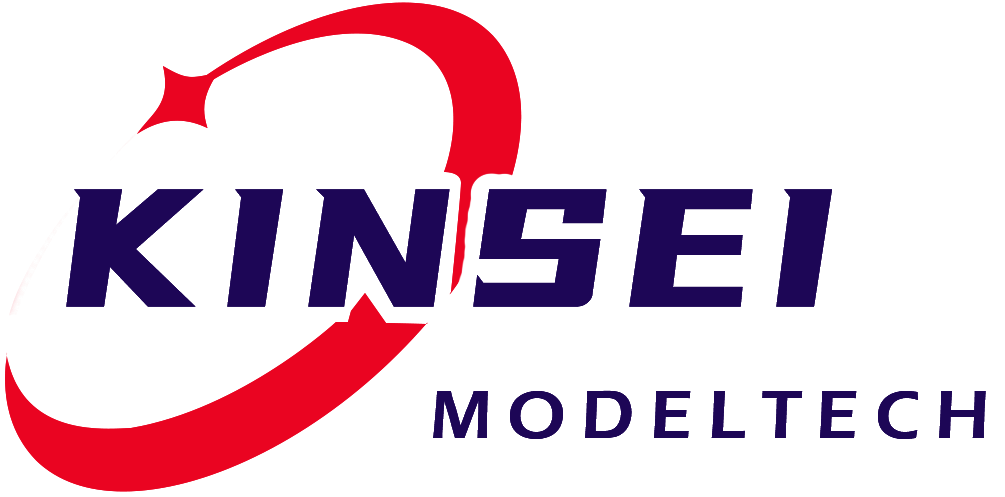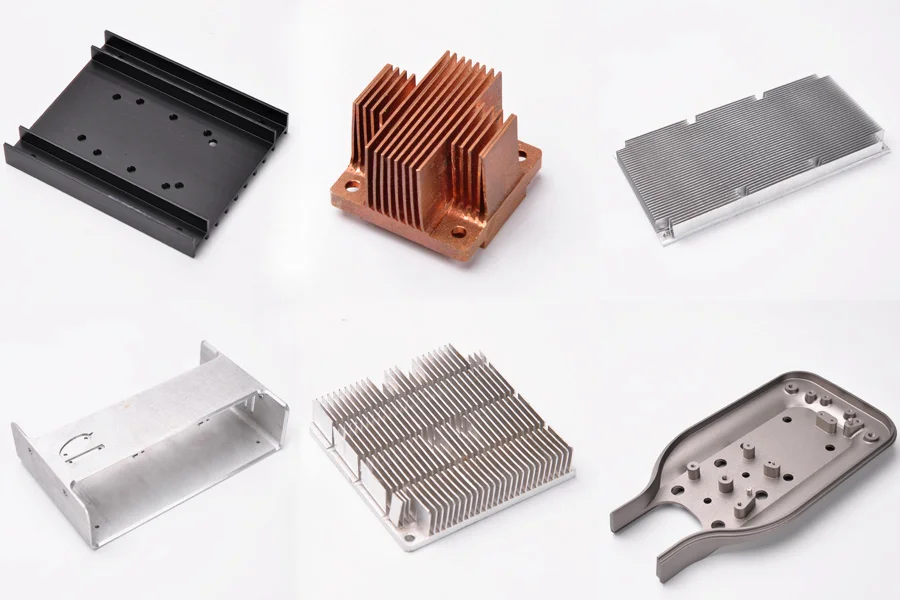Vacuum brazing
Vacuum brazing is an advanced joining process, and related vacuum brazing products play a crucial role in many high-end manufacturing fields.
In principle, vacuum brazing is a brazing operation performed in a vacuum environment. This vacuum effectively excludes air, preventing oxidation problems caused by the presence of air during the welding process. Within this environment, a brazing filler metal with a lower melting point than the parent metal is placed between the welded parts. It is heated until the filler metal melts, and capillary action allows the filler metal to fill the gap in the joint. Upon cooling, a strong bond is formed.

Vacuum brazing products have numerous advantages. First, it offers high weld quality. Without the interference of oxidation, the welded joints possess excellent airtightness, strength, and corrosion resistance. For example, in the aerospace industry, it is used to connect engine components, ensuring reliability under extreme conditions. Second, it can join a variety of dissimilar materials, including metals and ceramics. This characteristic is particularly evident in electronic device manufacturing, for example, when joining metal heat sinks to ceramic substrates, achieving heat dissipation while maintaining electrical insulation.
In terms of application, beyond aerospace and electronics, vacuum brazing products have also proven their usefulness in the automotive, medical device, and precision instrument industries. Vacuum brazing achieves efficient, high-quality connections for complex components in automotive engines and precision structural parts in high-end medical devices. Furthermore, with the continuous advancement of technology, vacuum brazing equipment is becoming increasingly automated, making operation easier and more convenient, better meeting the modern manufacturing industry's demand for efficient, precise, and stable connection processes.
Related news
2025-12-10








 Inquiry Hotline:
Inquiry Hotline:


